With Latin American zest, Colombia is one of South America’s most famous countries that has been at the forefront of Latino culture. It’s well known for its coffee bean production (as well as the infamous drug trade history–i.e. Pablo Escobar), plus its exotic nature and even the popular accent of its Spanish-speaking locals.
Whether you’re reading a classic by Gabriel García Márquez or you’ve just started to binge-watch Narcos on Netflix, Colombian culture is everywhere. Beyond the country’s traditions, travelers are eager to explore its untouched wilderness. With a Caribbean and Pacific coastline, the Amazonian jungle, vibrant greenery, and snowy peaks, the country has a diverse array of landscapes.
Bienvenidos – Welcome to Colombia!
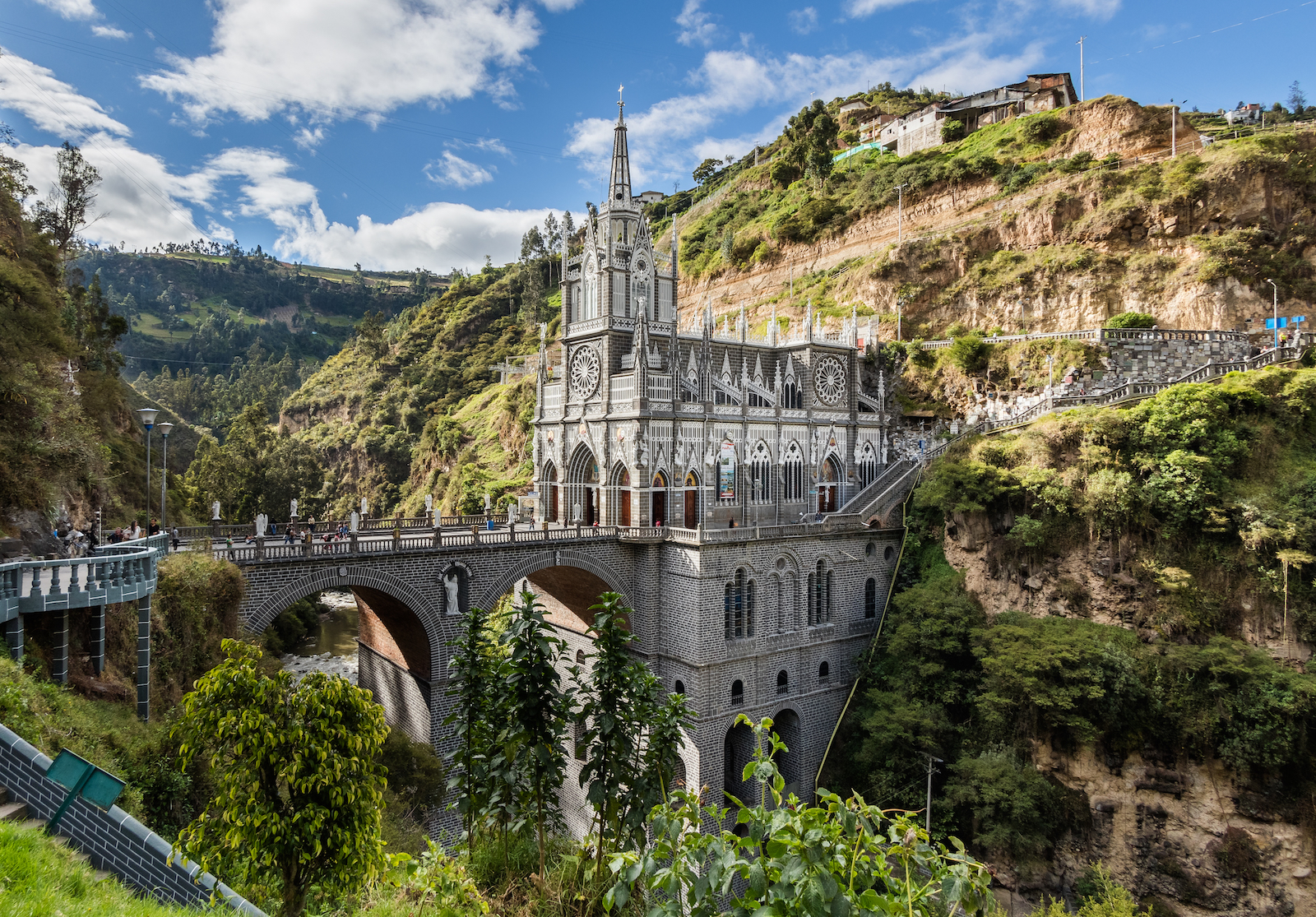
Adventure travelers will enjoy exploring nature, as well as experiencing history in one of the many ancient and colonial towns. With a culture that rivals Machu Picchu in Peru, Colombia’s tombs and ruins are just as mysterious and enticing. From Ciudad Perdida to San Agustín, you can unlock Colombia’s history and experience its ancestral past.
Bogotá is the capital of Colombia and the place where the colonial past blends with the cosmopolitan future. The city is also considered to be the heart of the country and the place where travelers escape to explore the cuisine, dining, and social scenes.
La Candelaria is the historic downtown district, which consistently draws in visitors who flock to the cobblestone streets. With a high-elevation location (2640 m/8,661 ft), Bogotá’s dramatic background only adds to the beauty and makes this city Colombia’s main star.
- Culture and Language
- Spending Budget
- How to Get Around
- Top Cities to Visit
- Points of Interest
Culture and Language

Much like the history of all of South America, Colombia started out as a land ruled by the indigenous people, who were then colonized by Europeans. Hunter-gatherer tribes used to roam throughout before they started to make permanent settlements. Ciudad Perdida is Colombia’s most famous ancient settlement, which was estimated to have been founded in 800 CE.
Colombia History
While the indigenous people thrived, the entire country changed with the arrival of the Spanish in 1499. The colonization of Colombia was a part of the beginning of the New World. Bogotá was officially given the status of New Granada and was an important city for the administration of the Spanish Conquistadores.
It was with the help of Simón Bolívar that Colombia gained its independence and became a new country, which they named the Republic of New Granada. However, by 1863, the name was changed to the United States of Colombia. But even with independence, Colombia struggled to find stability with the oppressive National Front.
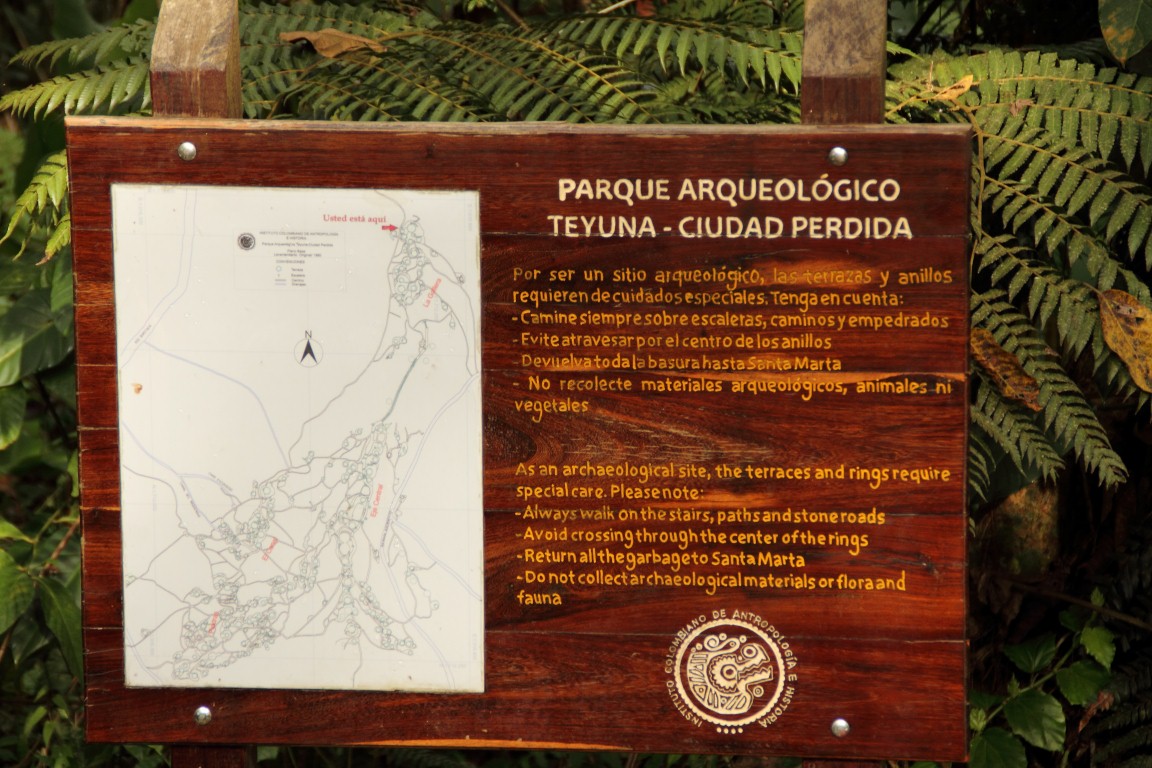
The most famous period of time for Colombia was after the fall of the National Front when the country was dominated by the conflict between guerilla soldiers and drug cartels. The Medellín Cartel was once the world’s most powerful with Pablo Escobar at the helm.
Today, the history of Colombia and its conflicts still have an influence on travelers, who seek out famous cities and sites related to the deceased drug lord. But Colombian culture expands beyond just its historical events and visitors will find that the country is very diverse. While Spain and indigenous cultures are the most prominent, there are also influences from religion, race, music, and literature.
Catholicism is the dominant religion and has ingrained within the culture the importance of family and deep respect for tradition. The family unit is strong and very large, but children are also taught traditional gender roles.
Unfortunately, it also has developed its own ethno-racial caste system, with European-born people being favored. Anyone of mixed ancestry is considered to be mestizo, mulatto, or moreno by the caste system.
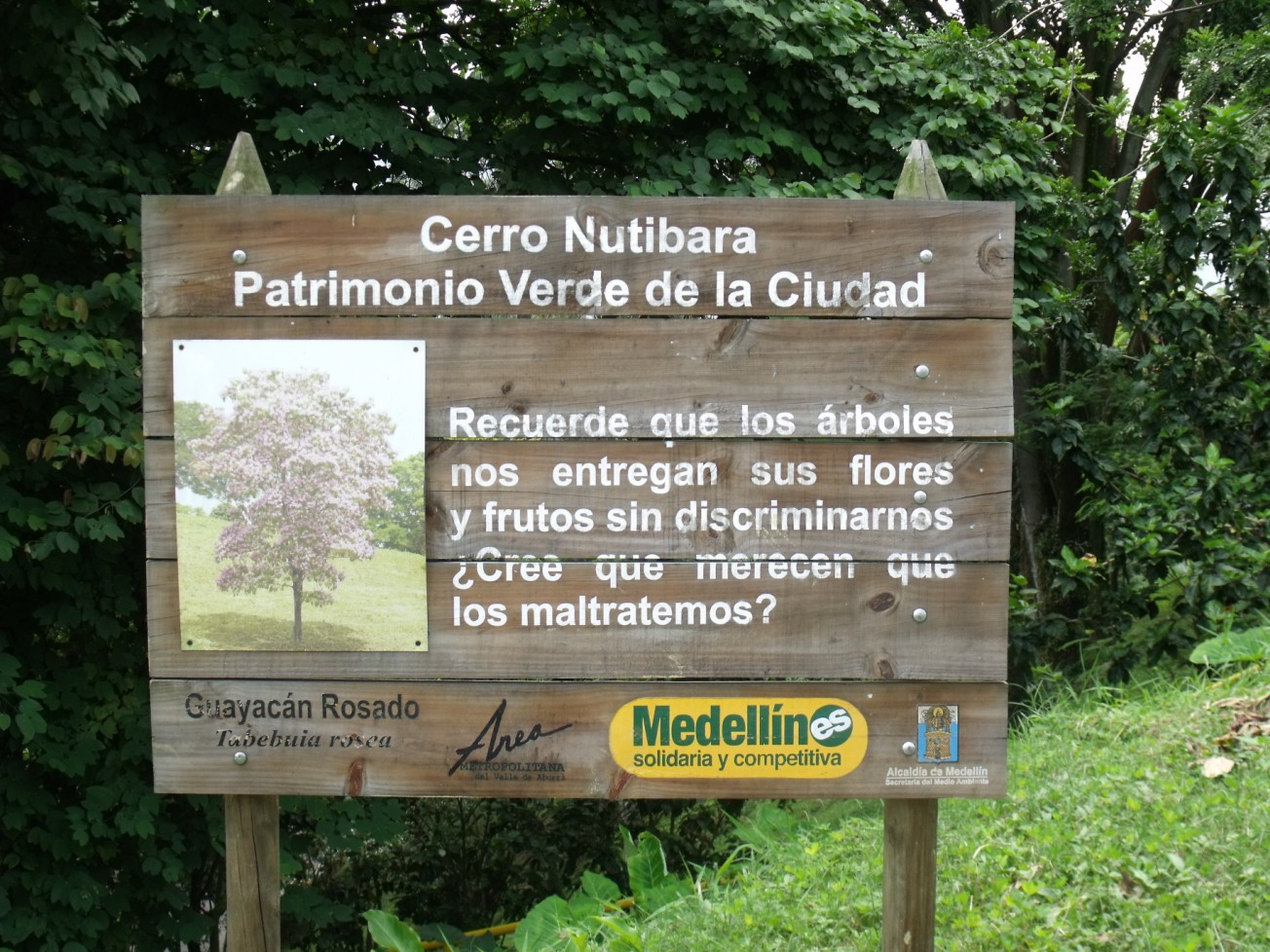
Two of the largest influences that have shared Colombian culture with the world are the Nobel Peace Prize-winning author, Gabriel García Márquez and international singer, Shakira.
Often considered to be the father of magical realism, García Márquez’s novel, One Hundred Years of Solitude (affiliate link), is a landmark in Colombian culture. While Shakira’s upbeat tunes have brought universal joy and further ingrained Colombian culture within the United States.
Official Language
Spanish is the official language of Colombia and 99.2% of the population speaks the language. While the majority of society and the government utilizes Spanish, there are also 65 Amerindian, 2 Creole, and various international languages spoken as well.
English is spoken in Colombia, but it is usually only encountered in San Andrés, Providencia, and the Santa Catalina Islands. However, with a strong tourist industry, you may be more likely to encounter English-speaking Colombians in urban areas with high numbers of international visitors.
Spending Budget
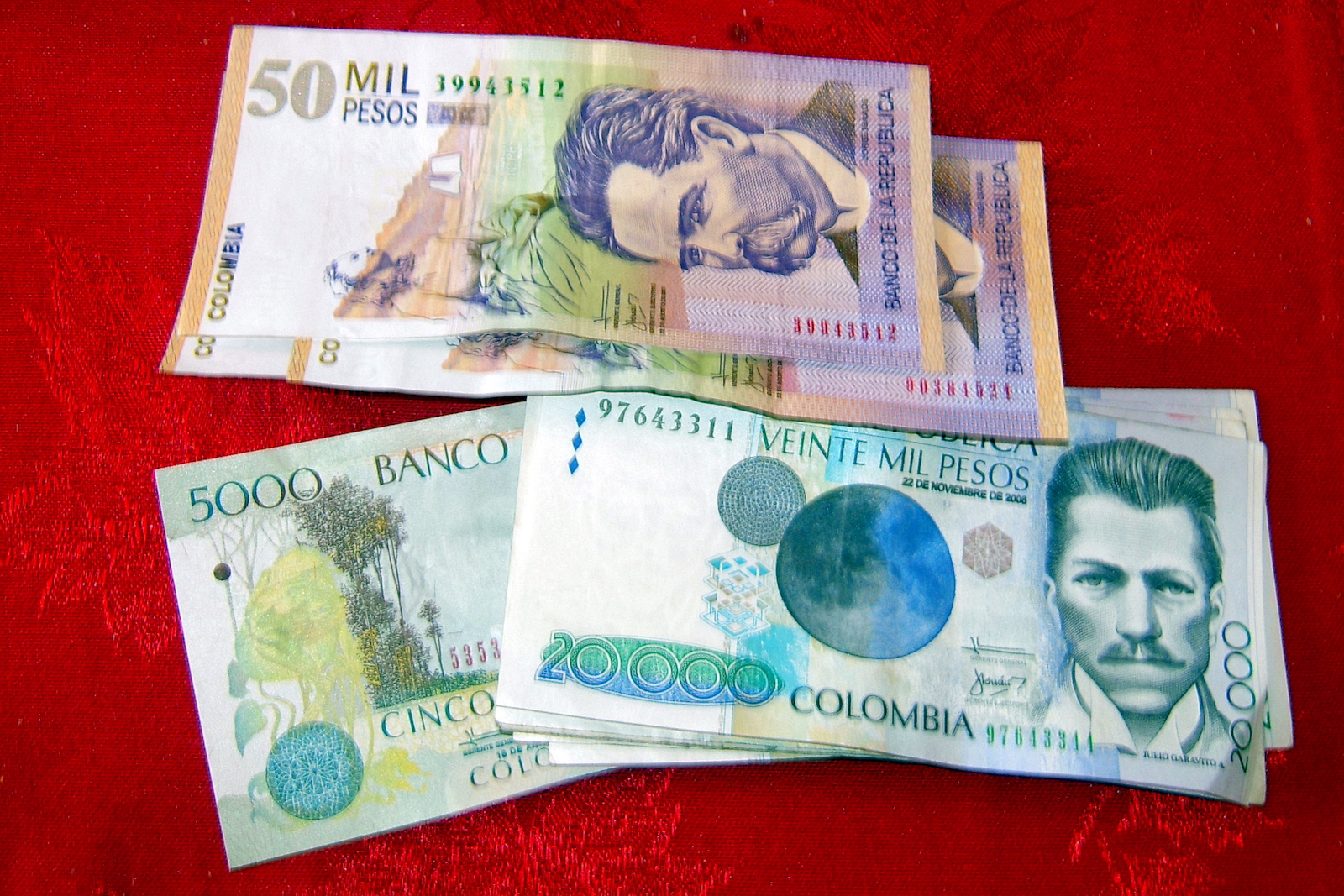
Whenever you’re planning a trip, it’s important that you consider how much money you can spend or need to spend when visiting a foreign country. Colombia won’t break the bank, but it isn’t the ideal backpacker’s budget destination either. However, you can still travel on an affordable budget, if you plan wisely.
The most important parts will be the airfare, accommodation, food, drink, and transportation.
Airfare
While Colombia is located in the northern part of South America, a trip from the United States is still a long journey. Flights from major cities like Los Angeles and New York often have direct flights to Bogotá and there may be specials to lower the ticket price.
Other factors like when you travel to Colombia and how far in advance you book your ticket can also affect the cost. The tourist high season in Colombia runs from December to March. High season means that plane tickets will be more expensive.
Accommodations
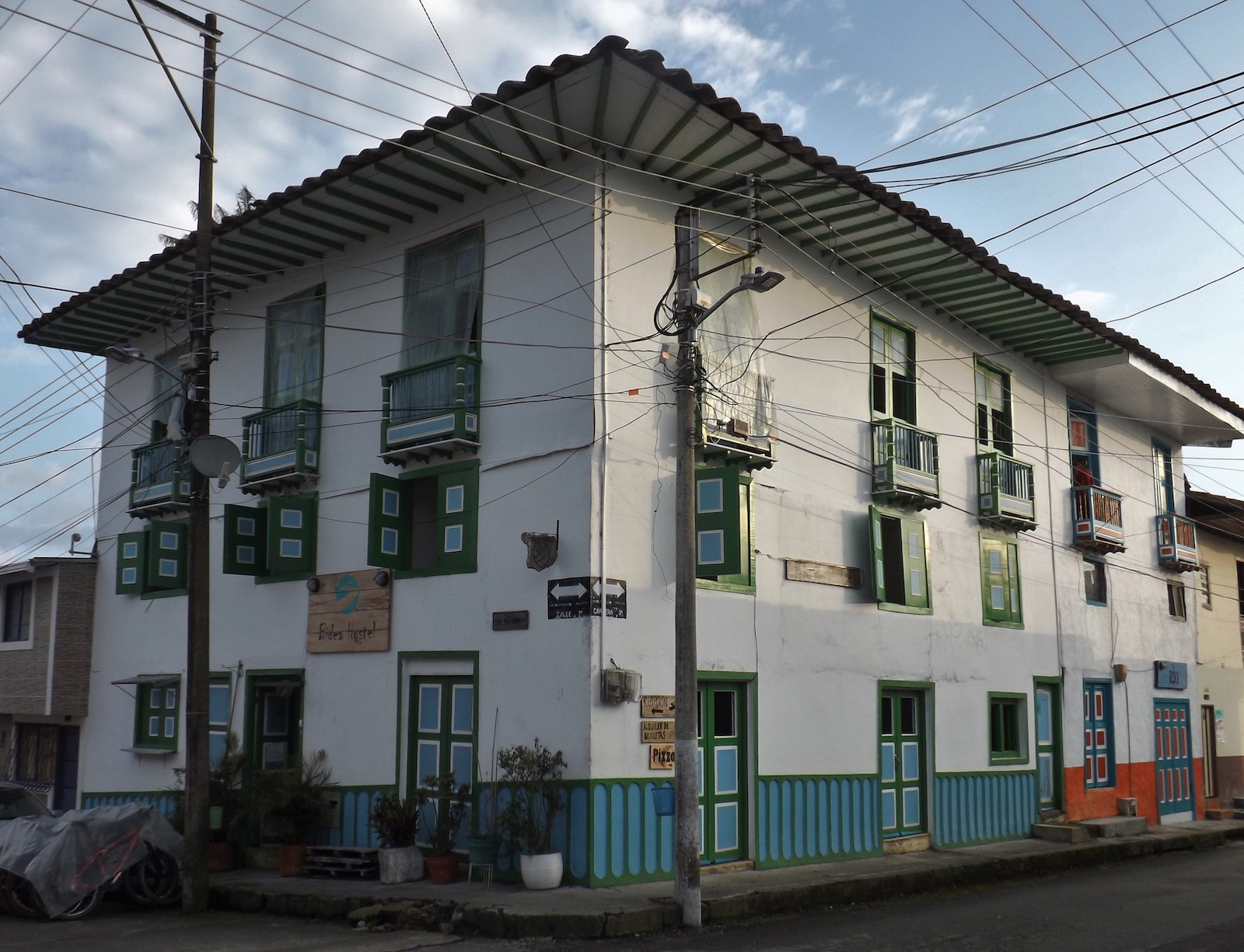
Accommodation is also an important consideration because you’ll need a safe place to rest and recuperate from your adventures. Hostels are the most affordable accommodation options in Colombia. However, private rooms in hostels will likely be more costly during the tourist high season.
If you would prefer a hotel, you may find budget options, but the nicer locations will be moderately expensive. Boutique or luxury hotels will cost the most by far and you should expect to pay hundreds of dollars each day.
Airbnb is also available in big cities like Bogotá and it can be a more affordable way to travel if you are in a group.
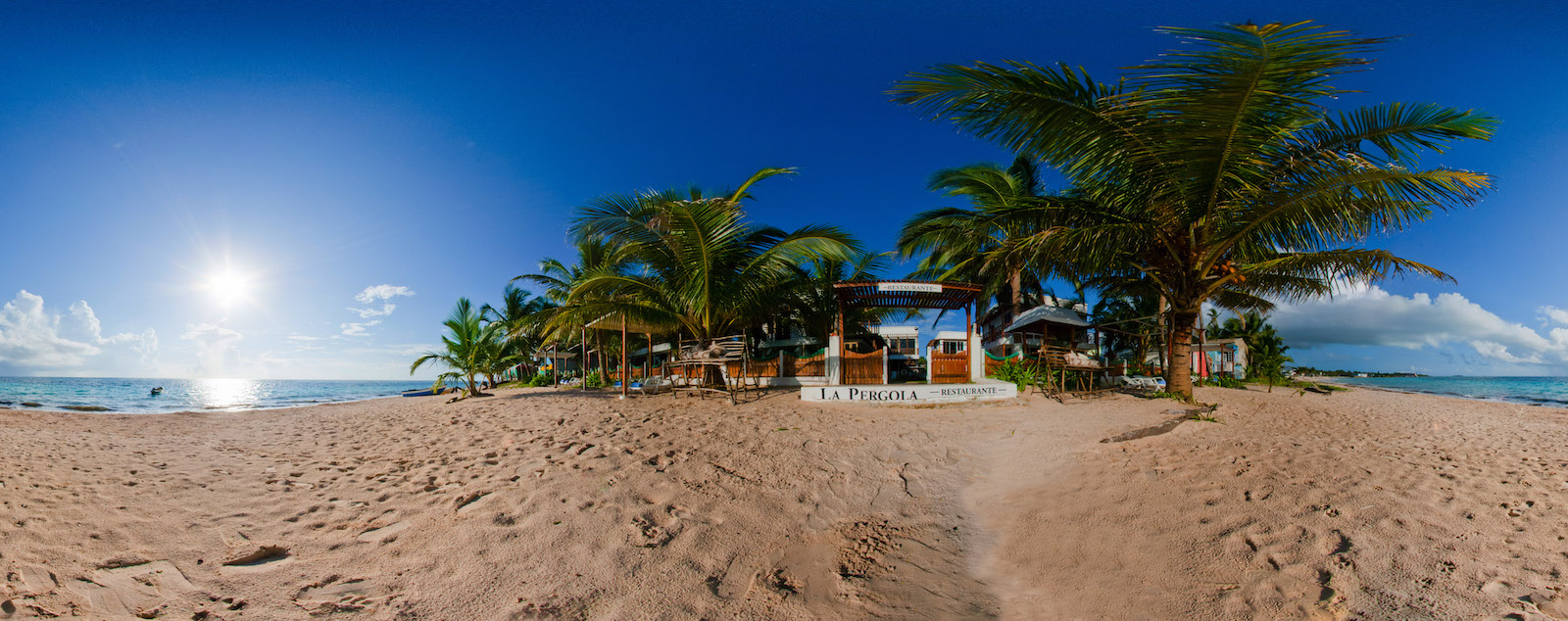
Colombian Food
Once your accommodation has been decided, you’ll need to consider the cost of food in your budget. Food is essential and it is also a great way to experience the local culture and lifestyle. Colombian cuisine is abundant with fresh fruits and vegetables all year because of the country’s unique climate. Here, the food is consistently cooked with fresh ingredients.
Bandeja paisa is a traditional dish, which is also a staple in Colombian cuisine. The dish is made with rice, beans, ground beef, chorizo, and avocado. Bogotá is famous for its ajiaco soup, which features potatoes and guasca herbs. Colombia also has its own version of tamales, which can be made to be sweet or savory.
A special Caribbean dish is called rondón, which is a coconut rice soup with yams, potatoes, and yuca. A more unique dish is hormigas culonas, which are literally fried ants. As a snack, the ants are often roasted and eaten like popcorn.
Dining Out
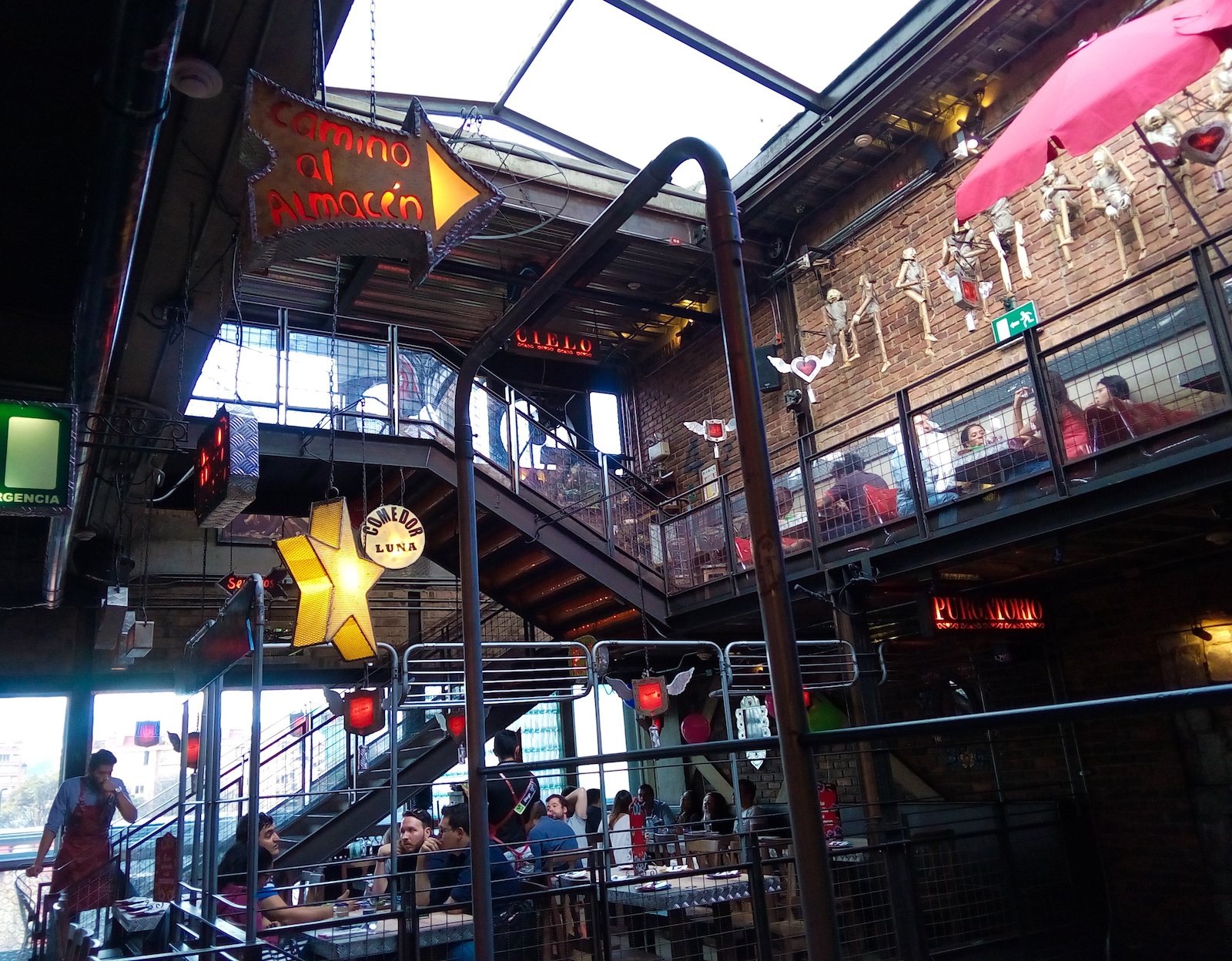
But good taste doesn’t have to be expensive and you can easily find well-priced meals at local establishments. For quick snacks like an empanada, you can expect to pay a few dollars, meanwhile, a dish like a ceviche will be more.
If you’re looking to eat in more tourist areas, expect the price to increase. There are also very nice places in urban areas like the capital, Bogotá. These types of restaurants will likely have prices that are more similar to fine dining in the United States.
Drinking in Colombia may also pique your interest, but you should be cautious. It’s officially illegal to drink in public, which means that you’ll have to stick to licensed establishments or in the privacy of your accommodation. Most drinks in Colombia are affordable, however, if you’re buying liquor bottles in a supermarket, you should expect to spend a fair amount.
How to Get Around

Transportation will also need to be taken into consideration in regard to your budget and there are a few different ways to get around Colombia. Bigger cities, like Medellín, may have an established metro.
Metro Train
The metro is an affordable way to explore a smaller area. However, you’re more likely to travel by local buses, which are more frequent in smaller cities and towns.
Taxis and Ride Sharing
Taxis are another local option, but they can be more expensive. Some taxis will charge a hefty fee for a ride. A more affordable way to travel is to use Uber. Uber rides will normally cost about half the price of a taxi.
Buses
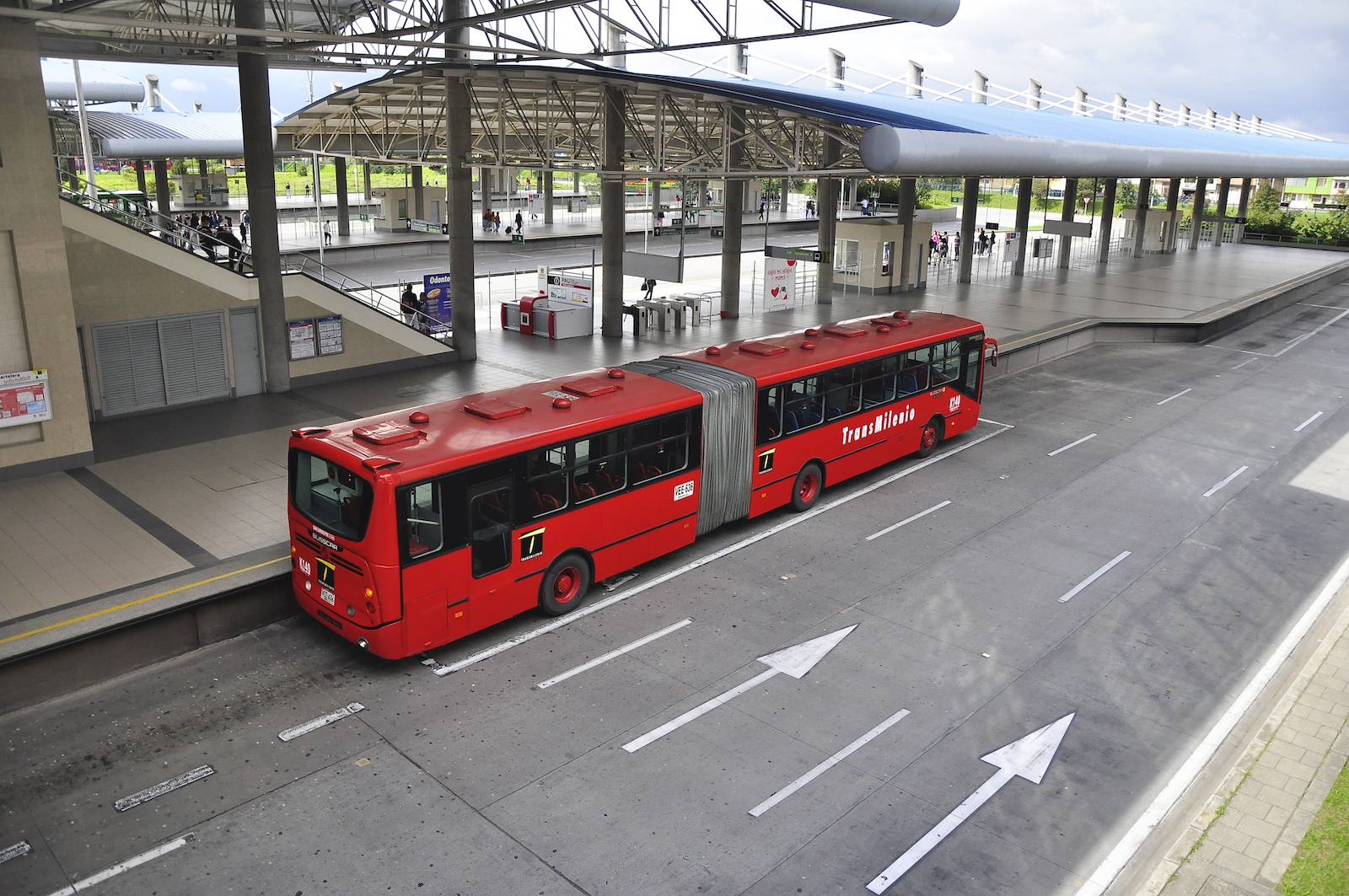
For longer distances, buses are the most affordable ways to travel around Colombia. Intercity buses a moderately priced for a ticket, but you should expect to spend long hours traveling.
Flights
Flights are an option but not for budget travelers. Domestic flights can be costly and are a faster way to travel. There may be special last-minute deals, which would make a flight cost less than a bus ticket.
Walking
During the daylight hours, walking is also an option around cities and towns. However, you should always be aware of your surroundings and travel in a group. It’s also suggested that you do not walk alone at nighttime.
Top Cities to Visit
While Bogotá is the heart, there are plenty of other towns to visit in Colombia too. Here, we will give a brief overview of the top tourist city destinations.
Bogotá

Bogotá is often the first city that tourists visit and unavoidable if you arrive in Colombia by plane. The capital is known to be hectic, but its vibrant lifestyle is packed with entertainment, while still preserving the colonial past.
Walk the old cobblestones or stop and take in the view of the green mountain backdrop. But with a high elevation, you should remember to stay hydrated.
Medellín

While the city is attempting to distance its image from the world-famous cartels, it’s hard to forget that Medellín was once dominated by Pablo Escobar. While the people feared him, they also loved his Robin Hood-style methodology, which also saw the construction of entire neighborhoods funded by the late drug lord.
In Medellín, you can take tours to visit some of the famous locations that were once bases for Pablo Escobar. However, the city’s difficult past has been modernized and the world of Pablo Escobar has been left behind.
With museums, parks, art, and delicious dining, Medellín has become a bustling metropolitan scene that’s beautiful setting is enough to draw in tourists.
Cartagena
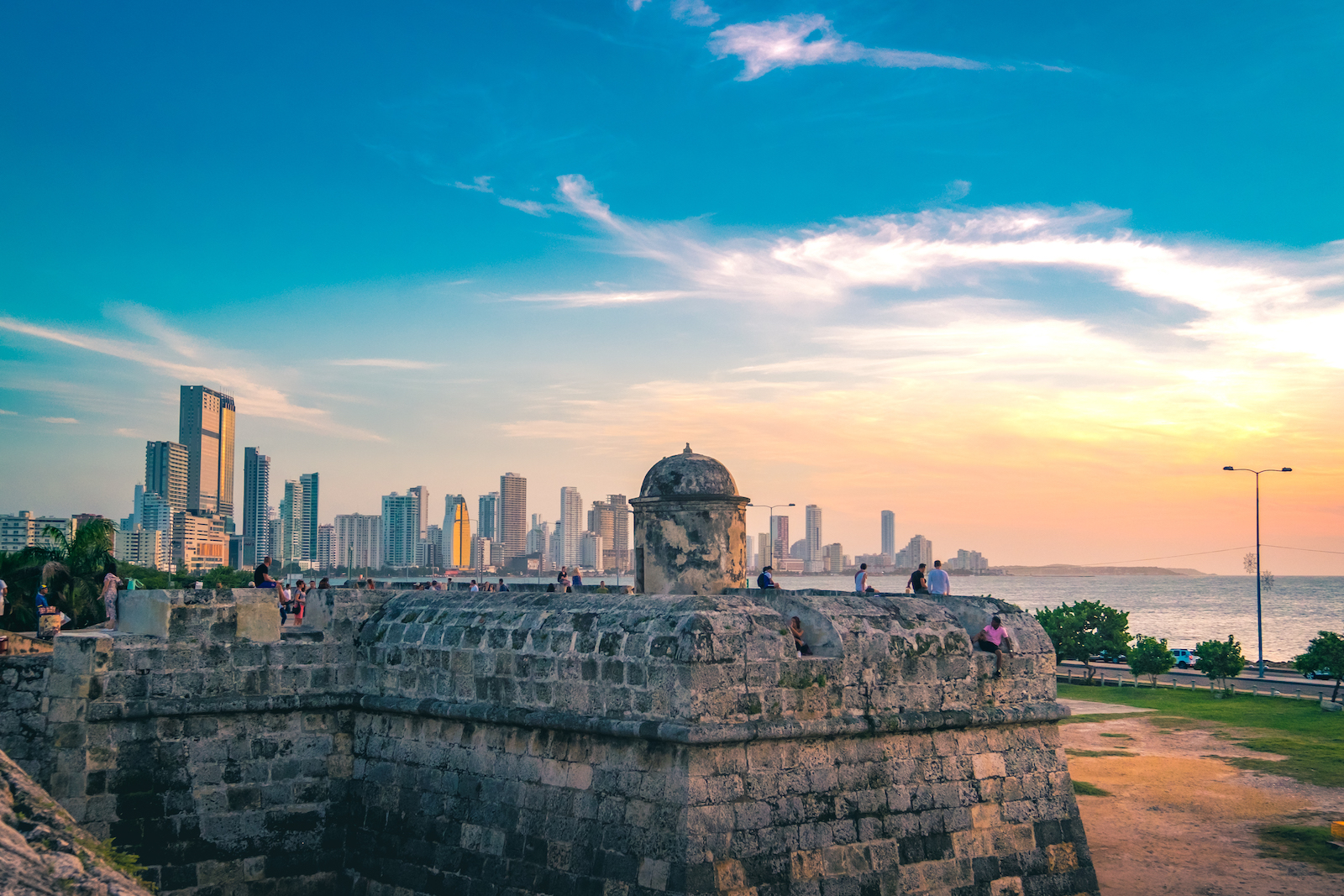
Located on the Caribbean coast, this is one of the most well-preserved colonial towns in all of Latin America. Cartagena is like taking a time machine to the past, as you soak in the views of narrow streets, colonial architecture, carriages, and impressive churches.
The Old City is the heart of the tourist district and it is often described as being picturesque.
Cali
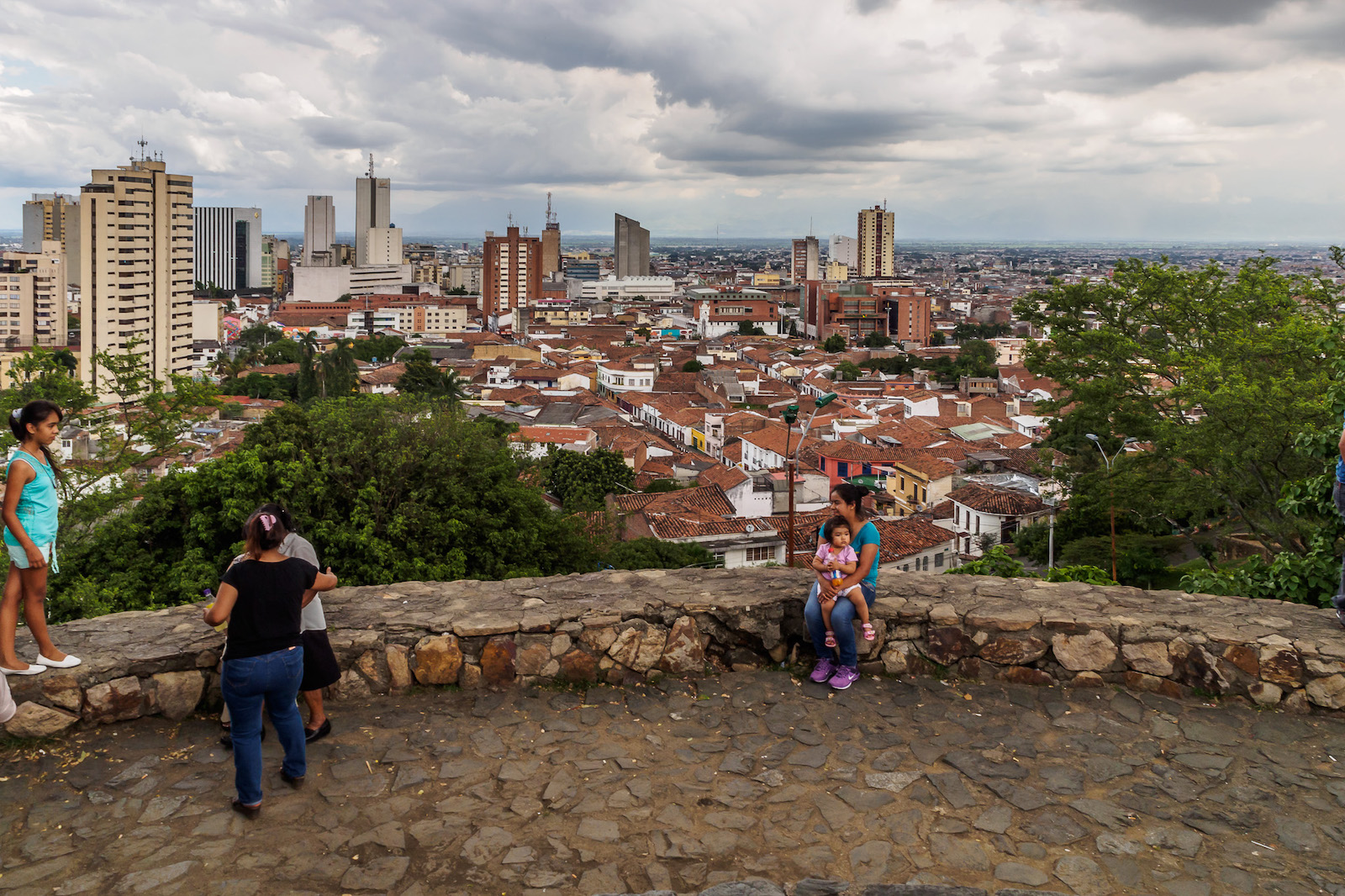
Cali is an interesting city that is also used as a gateway nearby natural beauties. It’s often said to be the founding location of salsa and the love of music is still present in nightclubs, streets, and bars. Historic sites can provide you with quality education and entertainment.
Popayan
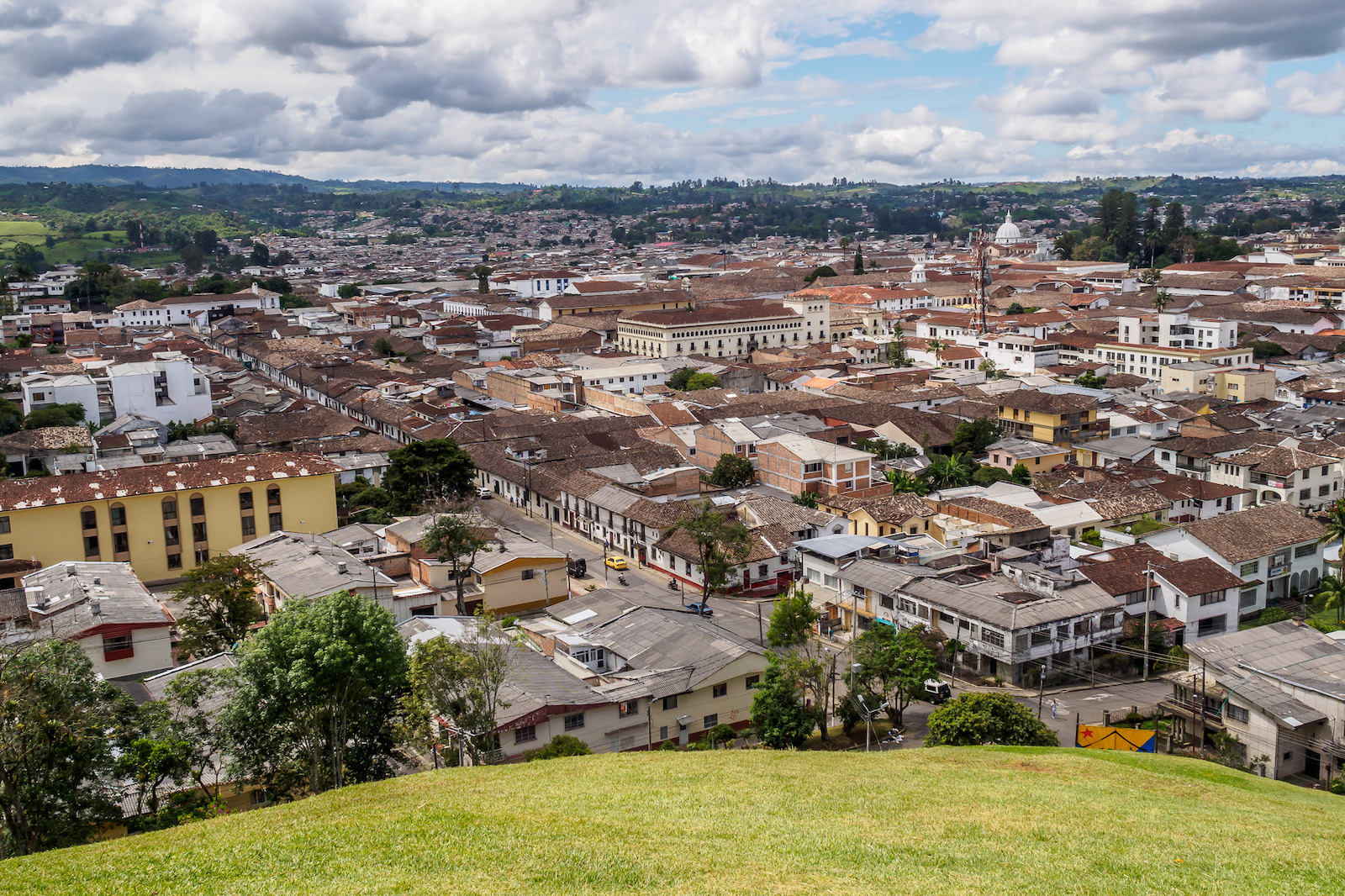
With almost all white colonial architecture, this city is certainly a sight to behold. The historic preservation has been successful, and the town’s history is still alive. Popayan was once an important destination on the trade routes, but now it has become popular due to the universities and nearby natural wilderness.
Points of Interest
While Bogotá gets most of the hype, along with the other major cities, there are also various points of interest throughout the country. With plenty to explore, here are the top tourist attractions in Colombia.
Discover the best of Colombia’s thermal springs to add to your itinerary, on our sister site, Top Hot Springs.
Zipaquira Salt Cathedral
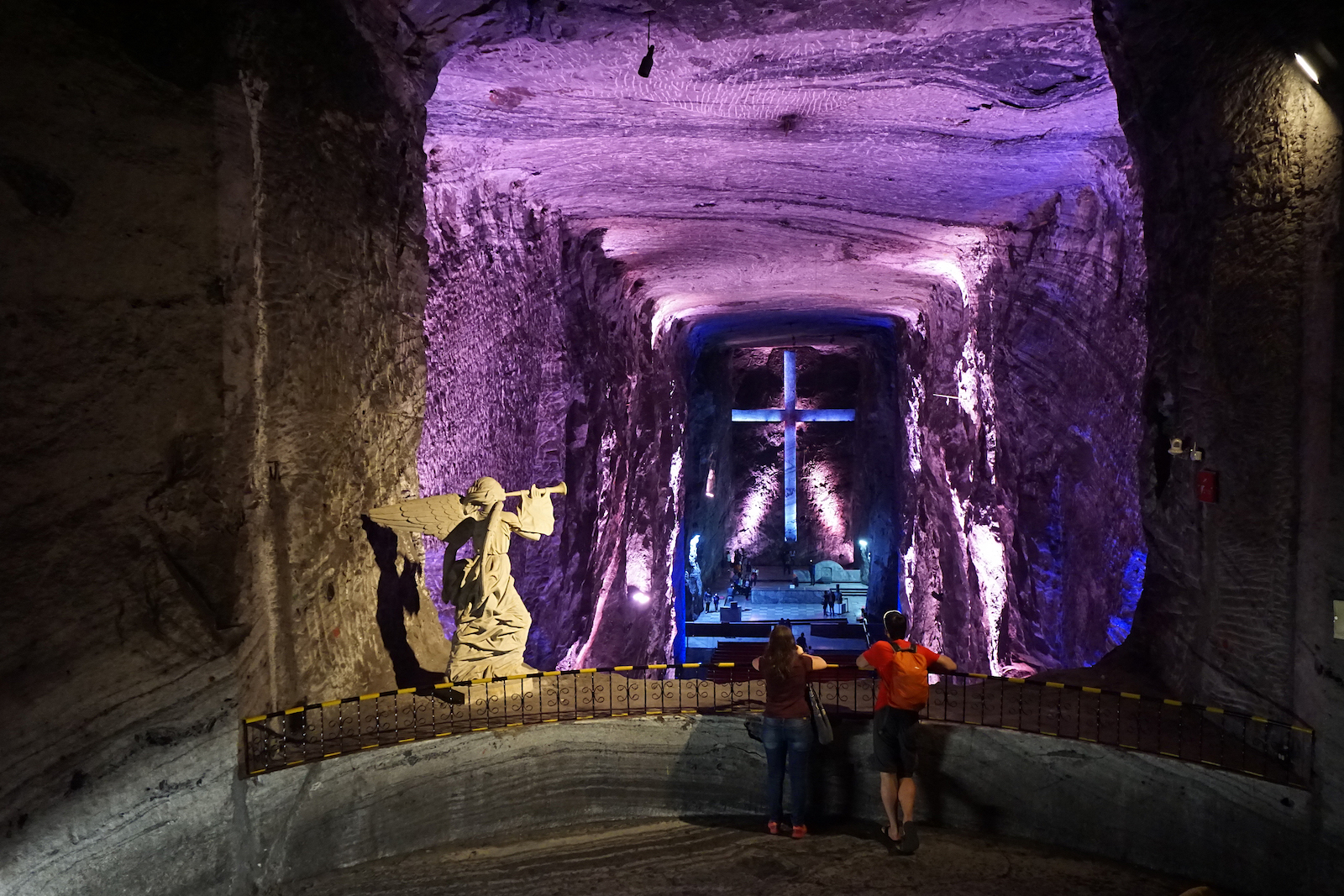
Located to the north of Bogotá, the Zipaquira Salt Cathedral was built in an old salt mine and become a popular tourist hotspot. The unique construction reveals the beauty beneath the earth. You can visit during active service or take a walk through the nearby Brine Museum.
Tayrona National Park
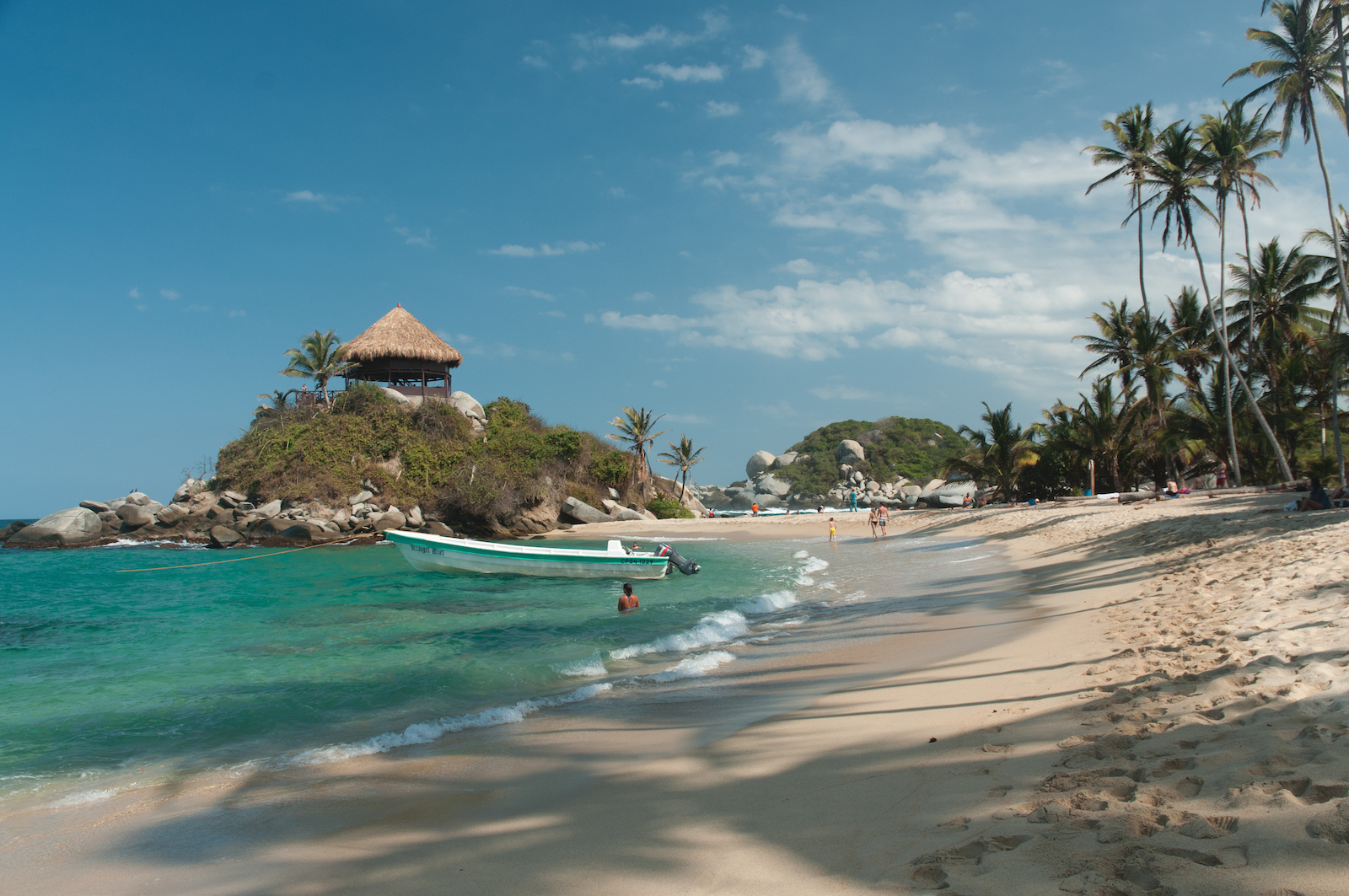
Lagoons protected by reefs make the Tayrona National Park one of the most beautiful and safe spots to swim in Colombia. Here, the turquoise water gives you the chance to view rare aquatic wildlife like stingrays. With plenty of beaches, it doesn’t always have to be focused on adventure and you can sit back and relax too.
Santuario de Las Lajas
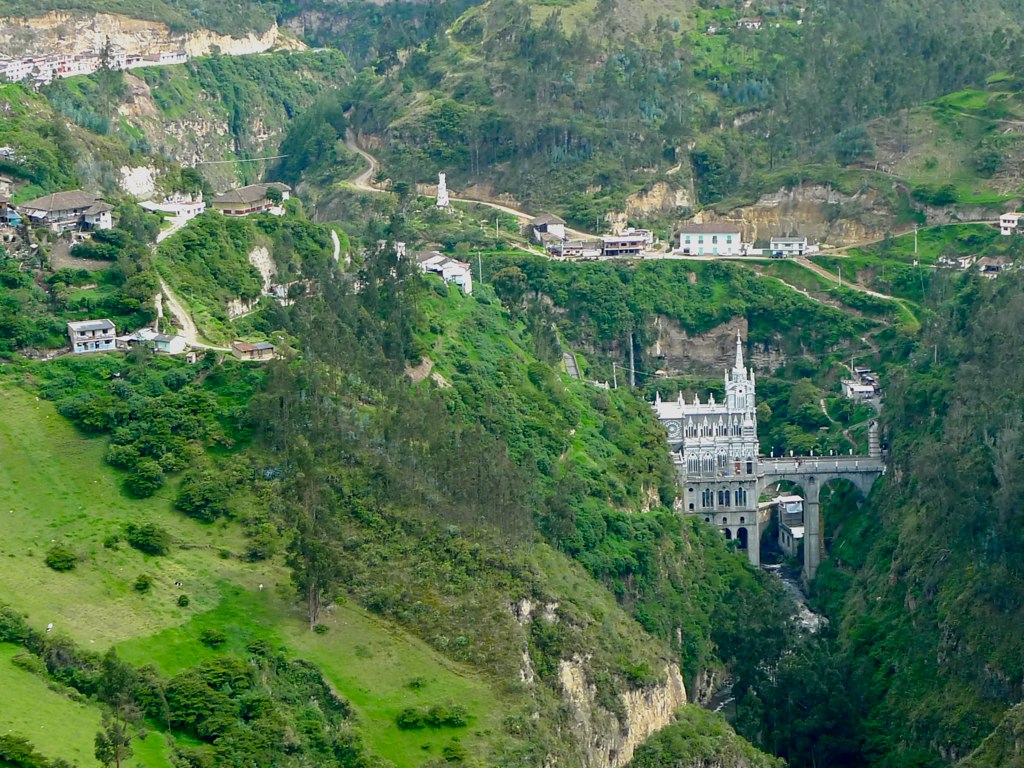
Sitting on top of the Guaitara River, the Santuario de Las Lajas is a Gothic-style cathedral that is known for its impressive construction. With a tall base, the bridge carries you over the river and into the impressive buildings, which sit cliffside. The white and grey façade also makes it a striking contrast to the surrounding plants and cliffs.
Los Nevados National Park

While it looks barren, Los Nevados National Park is actually filled with wildlife. Here, there are bears, tiger cats, pumas, and birds that may be spotted along your journey. With large volcanic peaks, the park has become one of the most popular in the country.
There are plenty of chances to camp or explore the countryside. People are often eager to explore the backcountry and experience this barren landscape’s beauty.
Ciudad Perdida
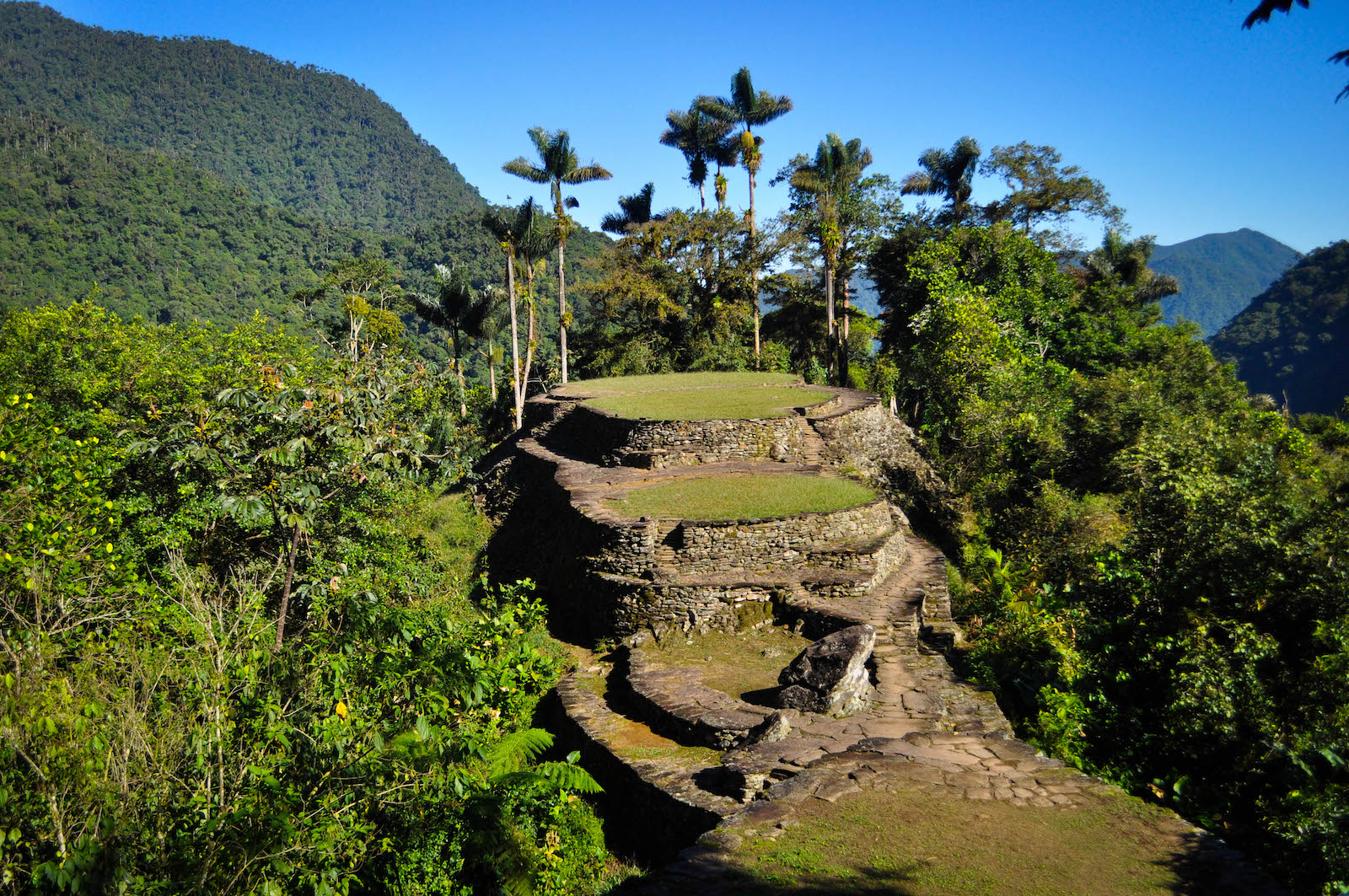
Considered to be Colombia’s Machu Picchu, Ciudad Perdida is a pre-Colombian settlement of the Tayrona Indians. Previously called the Lost City of Teyune, this long-abandoned location is most famous for its stone terraces.
Guided tours are the best way to see the site to guarantee that you are not lost along the way and are provided with accurate, historical information.
Valle de Cocora
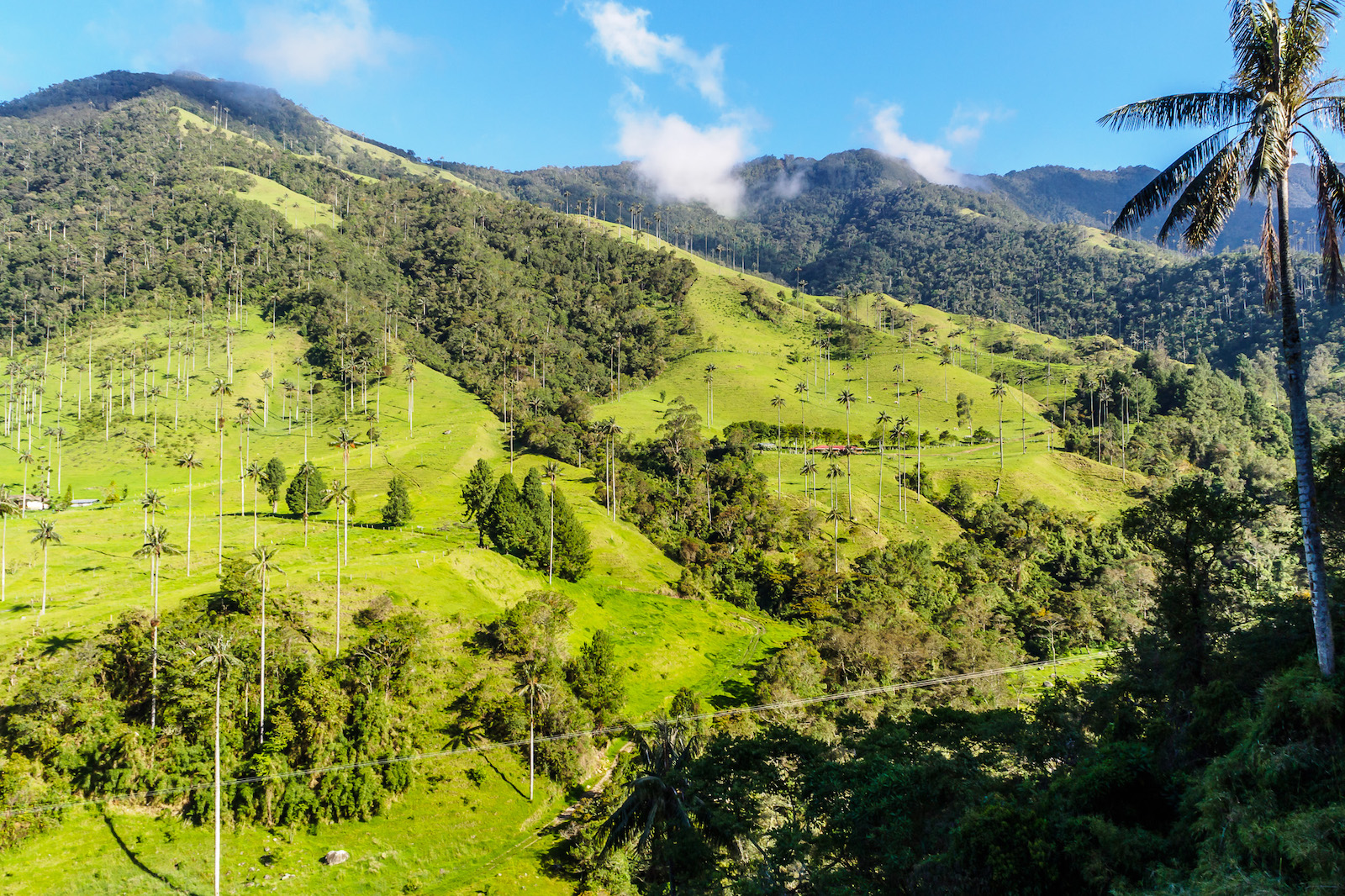
Like a real-life version of Dr. Seuss’ Lorax, the Valle de Cocora is most famous for its wax palm trees, which tower towards the sky. With little ground vegetation, the palms stand out amongst the landscape and highlight its beauty. They showcase many shades of green, making this area re-energizing as you take in the awesome sight of nature.
But the remoteness of the location means that you should hire a local guide to take you into the area.
“Libertad y Orden” (“Liberty and Order”)

As a country that was once ravaged by a poor public image due to its ties with the cartels, Colombia has re-emerged as a top tourist destination. Its fertile landscape is perfect for tasting fresh cuisine and exploring remote places.
With its modern cities, you don’t have to stay in nature forever. These bustling destinations are the place to go for good times and entertainment but don’t forget to stop and enjoy the wilderness too.



 What Is Chile Most Famous For?
What Is Chile Most Famous For?